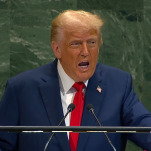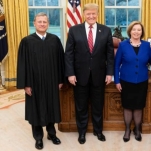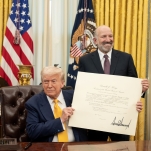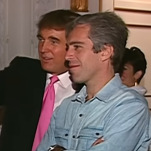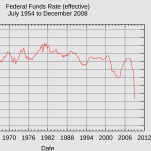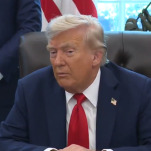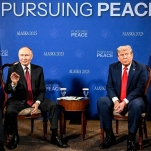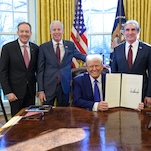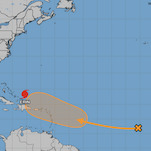Latin American solidarity with Mexico grows over case of 43 missing students
MONTEVIDEO, Uruguay —Forty-three Uruguayans stood outside the Mexican Embassy in Montevideo on Monday afternoon, each holding a photograph of one of the students who went missing two months ago in a horrific crime that has rocked Mexico and put the country’s struggle with crime and corruption back in the international spotlight.
The protesters were among thousands of Uruguayans who marched from Montevideo’s Plaza Independencia to the Mexican Embassy demanding justice with chants of “Vivos se los llevaron, Vivos los queremos” (they were taken alive, we want them back alive). Demonstrators transformed the front of the shuttered embassy into a memorial for the missing Mexican students.
Across Latin America, solidarity with the families of the 43 missing students is reaching across ideological boundaries in this diverse and fragmented region. While government officials from Latin America have been careful not to weigh in on the matter or violate the policy of “non-interference” in neighbors’ affairs, the protests are intended to put public pressure on the Mexican government.
“In Latin America there have been some expressions of solidarity and support for the Mexican protesters,” said Michael Shifter, president of the Inter-American Dialogue think tank in Washington, D.C. “A presumed massacre like this touches a nerve in a region that has seen its share of such horrors.”
The scene in Montevideo was tame compared to the violent protests in Mexico in recent weeks. But the fact that there even was a protest 7,500 kilometers away from Mexico City in the normally quiet capital of one of the smallest nations in South America shows the extent to which the case has resonated across the region. Similar demonstrations have occurred from Guatemala City to Buenos Aires, with more scheduled across the region on Nov. 20.
The protests could further embolden Mexican activists, said Eric Farnsworth, vice president of the Council of the Americas. “It could prove to be a watershed for Mexico,” he said, “the moment where Mexicans finally show that they’ve had enough of violence and lack of rule of law.”
The Montevideo march included demonstrators of all political stripes and ages, from anarchist students to white-haired senior citizens. In an Uruguayan twist, many also held a clay cup of the ubiquitous herbal tea mate, and a smell of marijuana wafted over the crowd as might be expected in this pot-legal nation.
-

-

-

-

-

-

-

-

-

-

-

-

-

-

-

-

-

-

-

-

-

-

-

-

-

-

-

-

-

-

-

-

-

-

-

-

-

-

-

-

-

-

-

-

-

-

-

-

-

-

-

-

-

-

-

-

-

-

-

-

-

-

-

-

-

-

-

-

-

-

-

-

-

-

-

-

-

-

-

-

-

-

-

-

-

-

-

-

-

-

-

-

-

-

-

-

-

-

-

-

-

-

-

-

-

-

-

-






